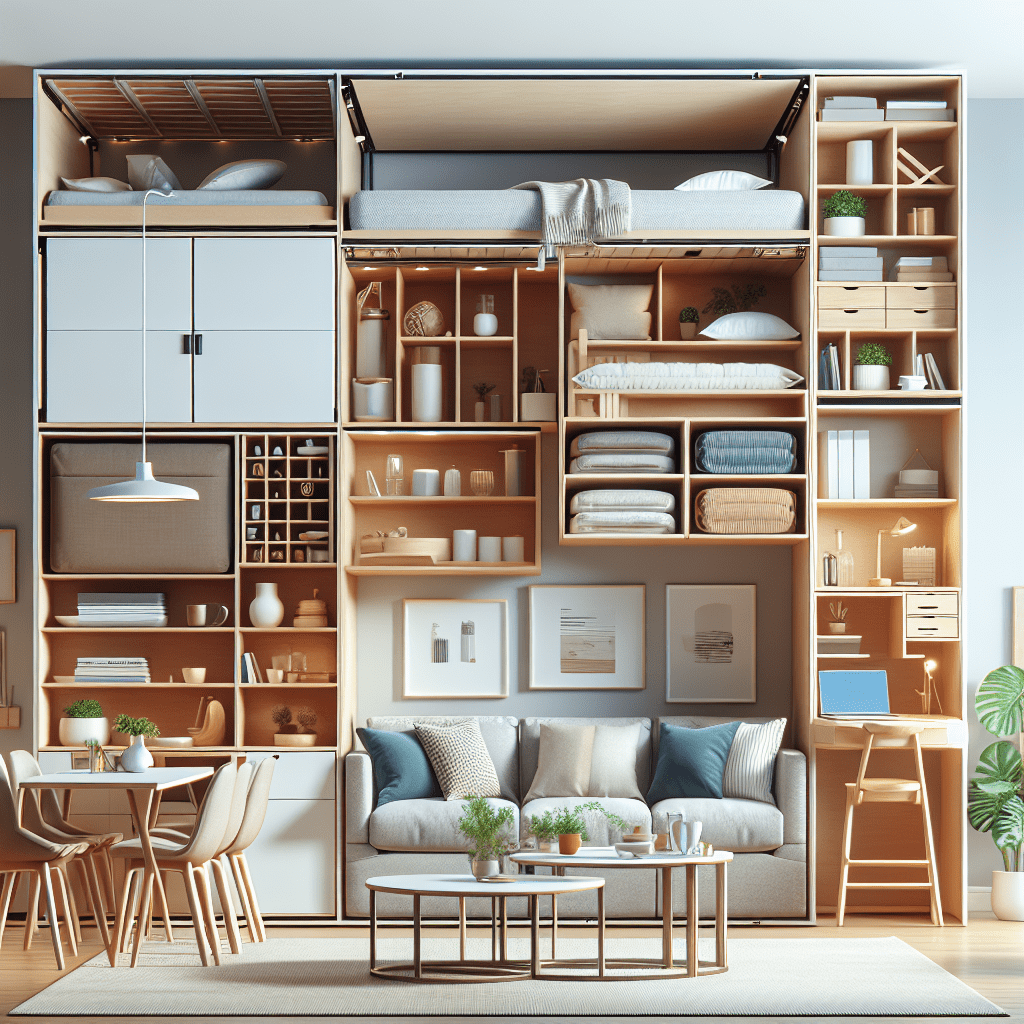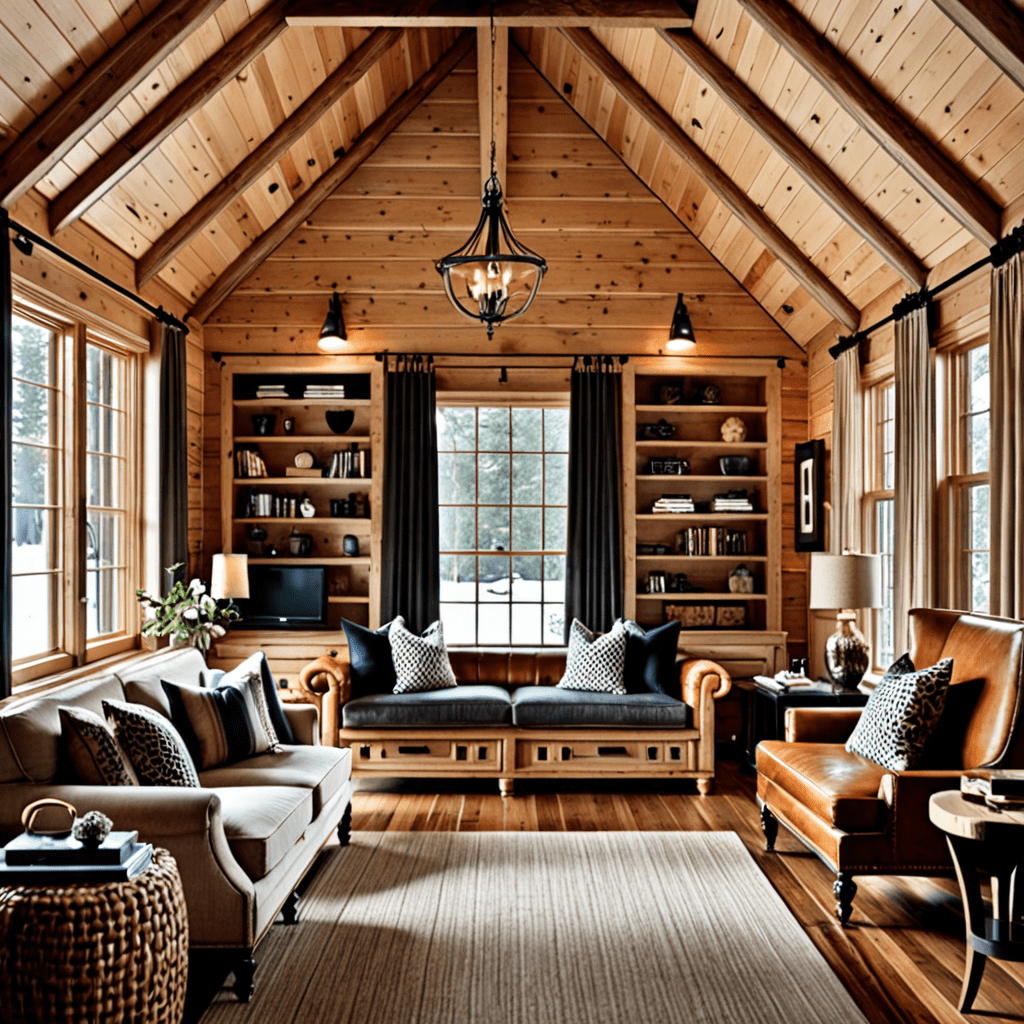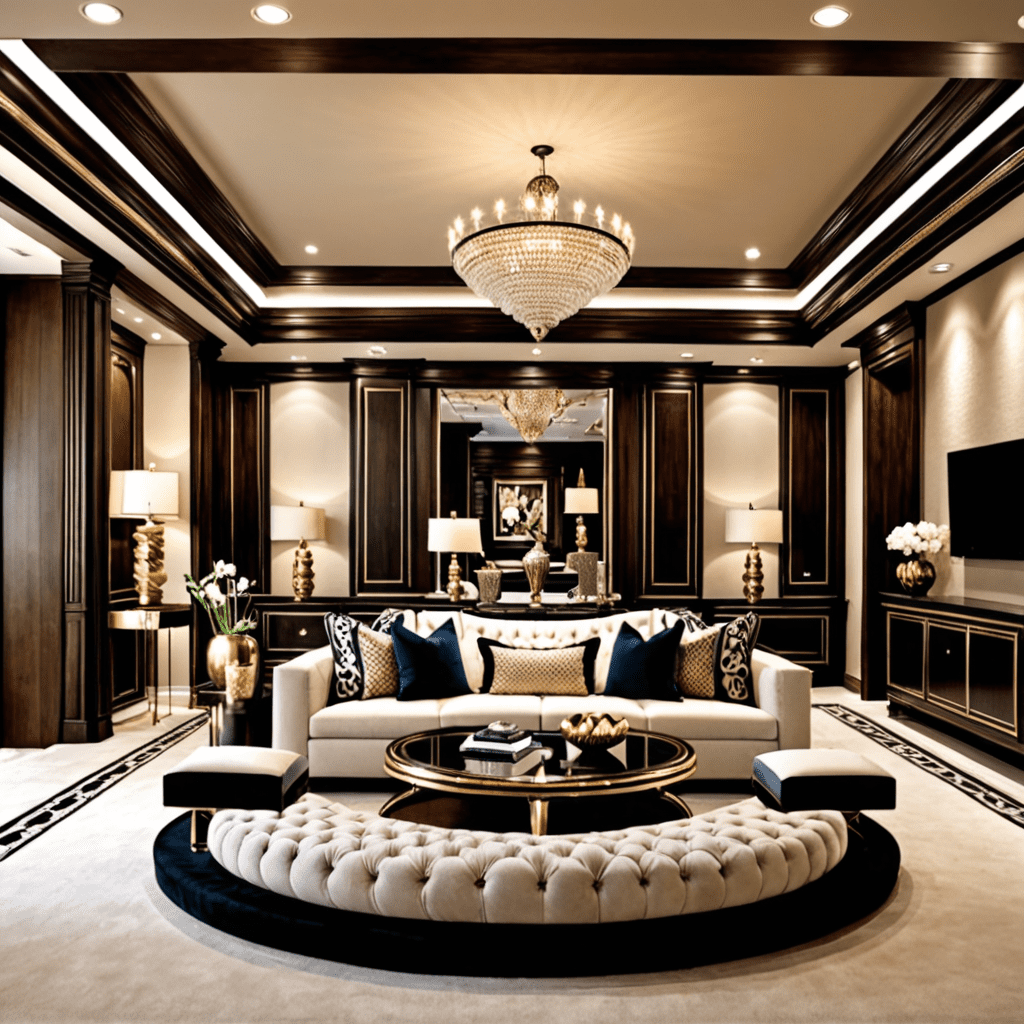How to Bring Biophilic Design Into Your Home
How to Bring Biophilic Design Into Your Home
Introduction
Creating a comfortable and aesthetically pleasing living space is a goal many homeowners strive for. One design approach that has gained popularity in recent years is biophilic design. Biophilic design is centered around the idea of integrating nature into interior spaces, which has been shown to have numerous benefits for our well-being. In this article, we will explore key elements of interior design, offer tips for choosing furniture, discuss incorporating art and decor, and share some additional insights and trends in the field.
Key Elements
1. Color Palettes
Color plays a vital role in setting the mood and atmosphere of a room. When incorporating biophilic design principles, consider using earthy tones such as greens, browns, and blues to mimic the natural world. These colors can create a sense of calmness and serenity.
2. Furniture Arrangement
The way furniture is arranged can greatly impact the functionality and flow of a space. In biophilic design, it is important to arrange furniture in a way that allows for easy access to natural light and views of the outdoors. Placing furniture near windows and avoiding blocking pathways can help create a seamless connection with nature.
3. Lighting
Natural light is a key component of biophilic design. Maximize the use of natural light by choosing window treatments that allow for the passage of light while still providing privacy. Additionally, incorporate lighting fixtures that mimic natural sunlight to create a warm and inviting atmosphere in the evening.
4. Accessories
Accessories are the finishing touches that can elevate the overall look of a space. In biophilic design, consider incorporating elements found in nature such as plants, stones, or wooden accents. These natural accessories can bring a sense of grounding and tranquility to any room.
Tips for Choosing Furniture
When selecting furniture for your biophilic design-inspired home, keep these tips in mind:
Choose furniture that is made from sustainable materials such as bamboo, reclaimed wood, or recycled materials. This not only reduces environmental impact but also adds a unique touch to your space.
- Subtip: Look for furniture that has been certified as environmentally friendly, such as pieces with FSC (Forest Stewardship Council) certification.
Consider the scale and proportion of furniture in relation to the size of your space. Oversized furniture can make a room feel cramped, while smaller furniture can make a large space feel empty. Find the right balance that suits the room’s dimensions.
Opt for furniture styles that reflect the natural elements you want to incorporate. For example, choose pieces with curved lines and organic shapes to mimic the flowing forms found in nature.
Prioritize functionality. Look for furniture that serves multiple purposes, such as storage ottomans or sofa beds. This allows you to maximize the functionality of your space while keeping it visually appealing.
Incorporating Art and Decor
Art and decor play a crucial role in adding personality and character to a space. When incorporating biophilic design principles, here are some ideas to consider:
Hang nature-inspired artwork on the walls, such as landscapes or botanical prints. These can create a focal point in the room and add a sense of tranquility.
- Subidea: Consider creating a gallery wall with a mix of nature-inspired art and personal photographs of outdoor excursions. This will not only bring the outdoors in but also allow you to showcase cherished memories.
Use natural materials for decor items, such as ceramics, glass, or woven baskets. These organic textures add depth and visual interest to a space while maintaining a connection to nature.
Introduce live plants throughout your home. Plants not only add a touch of greenery but also improve air quality and create a calming atmosphere. Choose plants that thrive in the specific conditions of each room, such as low-light plants for areas with minimal sunlight.
Notes/Tips
- Embrace budget-friendly options: Biophilic design doesn’t have to break the bank. Consider DIY projects, such as creating terrariums or repurposing vintage furniture with a fresh coat of paint.
- Opt for sustainable materials: Look for furniture and decor items made from sustainable materials like bamboo, rattan, or cork. These materials are renewable and have a lower environmental impact.
- Explore local artisans: Support local artists and artisans who create nature-inspired pieces. This not only adds a unique touch to your home but also contributes to the local economy.
- Keep up with emerging trends: Stay informed about the latest interior design trends, particularly in the field of biophilic design. This can inspire you to try new ideas and keep your space fresh and up to date.
In conclusion, incorporating biophilic design principles into your home can create a comfortable, healthy, and sustainable living environment. By understanding key elements of interior design, choosing furniture wisely, and strategically incorporating art and decor, you can transform your home into a tranquil oasis that connects you with the beauty of the natural world. So, take a step closer to nature and embrace the wonders of biophilic design in your own space.





